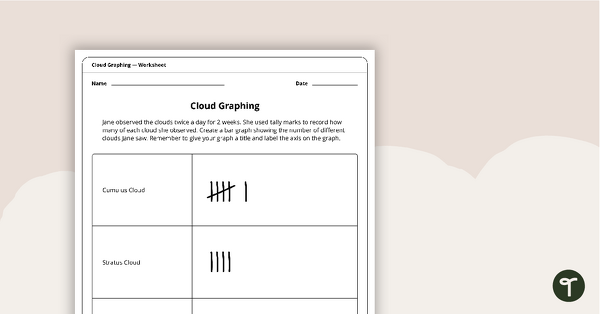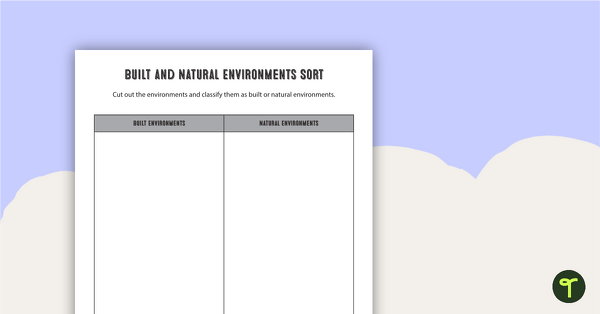Teach your students about the things we do that affect the Earth with an ecological footprint reference sheet.
Getting Ready to Calculate Ecological Footprint? We Can Help!
We’re all here to shape the future of our planet, right? So let’s start by teaching our students about their ecological footprint.
The more we understand how our daily choices affect the environment, the better able we will be to make sustainable decisions.
By introducing this concept to students, we can help them understand the impact of their daily choices on the environment and encourage them to make more sustainable decisions. Exploring the elements that contribute to ecological footprint calculations, such as energy consumption, transportation, and waste production, can open up a world of possibilities for reducing our impact on the planet.
What’s My Ecological Footprint? Instructional Resources
This resource download includes a printable reference guide for students to use when determining the factors that play into calculating their ecological footprint. It provides information about how fossil fuels, built environments, grazing land, and other factors affect our planet.
Specifically, this resource outlines the effect of the following:
- Commercial Ocean Use
- Fossil Fuels
- Recreational Ocean Use
- Built Environments
- Grazing Land
- Agriculture
- Carbon Emissions
- Forest Use
Use this resource in conjunction with the My Ecological Footprint Worksheet.
[resource:1980774]












0 Comments
Write a review to help other teachers and parents like yourself. If you'd like to request a change to this resource, or report an error, select the corresponding tab above.